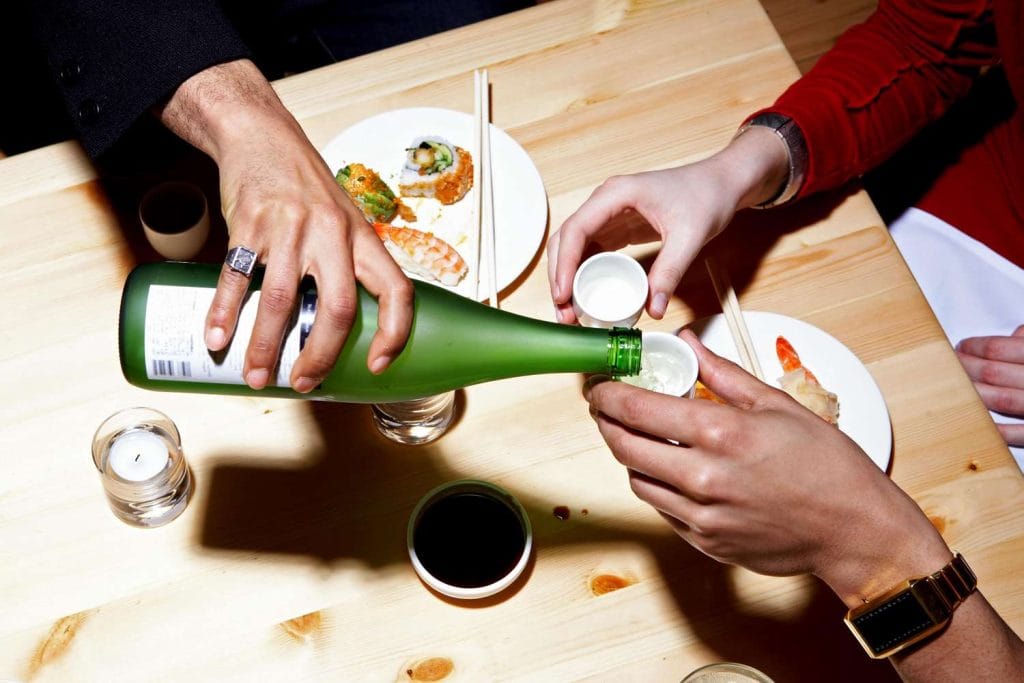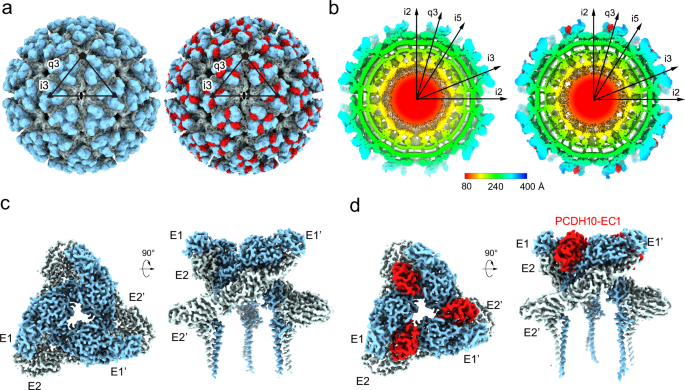
:max_bytes(150000):strip_icc():format(jpeg)/How-Long-Does-Sake-Last-FT-BLOG0625-1a458818089d48528fbcf80dfb9eec97.jpg)
- Sake lasts significantly longer than wine after opening, often staying fresh for up to a month in the refrigerator.
- Sake’s longevity depends on its style: high-acid, high-umami types like junmai can last more than a month, while delicate, aromatic styles like ginjo and daiginjo should be consumed within three weeks.
- Unlike wine, sake doesn’t spoil or turn vinegary; instead, it gradually loses its aromatic complexity but generally remains safe and pleasant to drink.
Many wines are worth waiting years for, but once you pop the cork, the clock starts ticking. Typically, an opened bottle of wine lasts just two or three days, even under ideal conditions.
But when it comes to Japanese rice wine, or sake, the rules are different. How long can an open bottle of sake actually last in the fridge? Apparently, far longer than you’d expect.
According to Monica Samuels, president of sake and spirits at California-based Vine Connections, who spoke at this year’s Food & Wine Classic in Aspen, sake behaves far differently from wine mainly because of its raw material: rice.
“We always say sake is built like a beer, but drinks like a wine,” says Samuels. “But because wine is made from fruit, it’s going to turn into vinegar. And because sake is not made from fruit, it doesn’t have these tart acids — you won’t have that enzymatic conversion that happens in the bottle when it’s been opened.”
Because it lacks the acids that cause wine to sour, sake remains far more stable after opening. But how long it lasts depends on the type and composition of the sake.
“When you’re gauging how long a bottle can last — the sturdiness of a sake — remember that the higher the acid, umami, and alcohol content you have, the more longevity you’re going to get,” adds Samuels.
How long can you keep an open bottle of sake in your fridge?
Unlike wine, which degrades rapidly, an open bottle of sake can remain fresh for up to a month — sometimes longer — depending on the style. A general rule of thumb is that high-acid, high-umami sakes have the most staying power, while low-acid, aromatic sakes should be consumed more quickly.
“Ginjo and daiginjo — those low-acid, high-aroma sakes — you should probably pour within two to three weeks,” says Samuels. “Junmai, which is higher in acid and umami, will be fine for months.”
This makes sake an especially versatile drink for the casual at-home consumer. You don’t have to rush to finish the bottle in a couple of days.
“For people just buying a bottle and drinking at home, a month is totally fine,” says Samuels. “I have a female producer and all of her sakes are aged and bottled for at least a year — they’re really high acid and really high umami — and so her sakes are indestructible.”
Which style of sake lasts the longest?
If you’re looking for a sake that can stand the test of time in your refrigerator, junmai is your best bet. These sakes, made with only four ingredients — rice, water, koji, and yeast — contain no extra alcohol added after fermentation, and are known for their higher acidity and savory depth.
“When you see ‘junmai’ on the bottle — just ‘junmai,’ with nothing else — that’s your best bet for high acid, high umami,” Samuels says. “Junmai would be a good all-purpose, can-conquer-it-all sake to have in your fridge. A classically made junmai will have good umami, plus it goes with everything.”
This makes junmai, which literally translates to “pure rice,” not only long-lasting but also highly food-friendly — a reliable choice for those who enjoy pairing sake with meals throughout the week.
Which style of sake should you consume immediately?
On the flip side, styles like ginjo and daiginjo, recognized for their fragrant, delicate aromas and higher rice polishing ratios, should be enjoyed relatively quickly. These are best consumed within two to three weeks of opening to fully appreciate their nuanced flavor profiles.
“The most ticking-time-bomb sakes that deteriorate the fastest are low acidity with really high Ginjo aroma,” explains Samuels. “Because if you have these really exuberant notes — like tutti-frutti, lychee, melon, bubble gum — those things will go away, but it won’t taste bad.”
Instead of turning unpleasant, these sakes simply lose their complexity. “It’ll just taste kind of boring after a while,” says Samuels. “Where I think if you have a lot of acid and umami and structure, those things will not go anywhere.”
The good news? Even after weeks in the fridge, sake doesn’t deteriorate the way wine does. You may lose a bit of character and aroma, but you won’t be left with a sour or spoiled product. “Junmai ginjos and junmai daiginjos don’t get funky,” says Samuels. “They don’t fall off a cliff like wine does when it’s been open for too long. They just become a little more simple. But it doesn’t taste bitter, it doesn’t taste more boozy, it doesn’t taste funky. It just tastes kind of boring.”
So go ahead, open that bottle of sake. You’ll have plenty of time to enjoy it.







